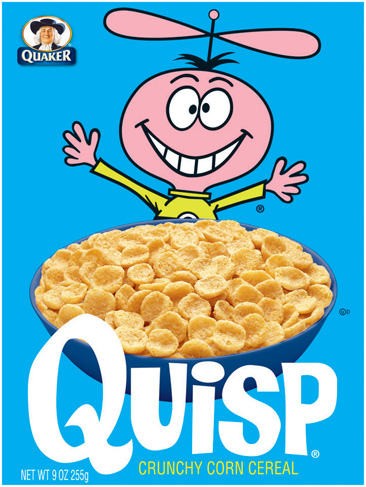Yesterday’s forgotten cultural ephemera becomes today’s precious nostalgia. Just as the Boomers cherish hula-hoops, Howdy Doody, and Elvis, Gen-X’ers are starting to mine the Jerry Ford malaise era for lost childhood treasures. In that revivalist spirit, Gael Fashingbauer Cooper founded a blog (in 1999) that’s now become a book, Whatever Happened to Pudding Pops?: The Lost Toys, Tastes, and Trends of the ’70s and ’80s (Perigree, $12.95). In it, she and co-writer Brian Bellmont celebrate and speculate about dead brands and obscure trends centered around the cultural sweet spot of 1977-1983. Thats when we were really starting to notice pop culture. Thus, their alphabetical entries include the mystifying popularity of the Weebles toys, Gee Your Hair Smells Terrific shampoo, Pop Rocks (rumored to have killed the child actor Mikey from those Life cereal ads), and TV’s The Electric Company. If those names don’t elicit a little shiver of recognition, you’re too old or young for the book. But for her demographic cohort, Fashingbauer Cooper explains, Back then, we had much more of a shared community, because you only had five TV channels. You didnt have 500 cable channels. We all watched the same commercials and played with the same toys. Whereas now, kids might not see any of the same shows as their classmates. Gen-Xers may be the last to share such a community in kitsch. With less play time for children today, now hunched alone over video games and iPhone apps, will they feel the same nostalgic yearnings in 30 years? I’m not sure, says Fashingbauer Cooper. The phones dont seem as cuddly or goofy. Im sure theyll feel the same way about SpongeBob. (Also: University Book Store, 7 p.m. Mon.) BRIAN MILLER
Sat., June 18, 6:30 p.m.; Mon., June 20, 7 p.m., 2011




